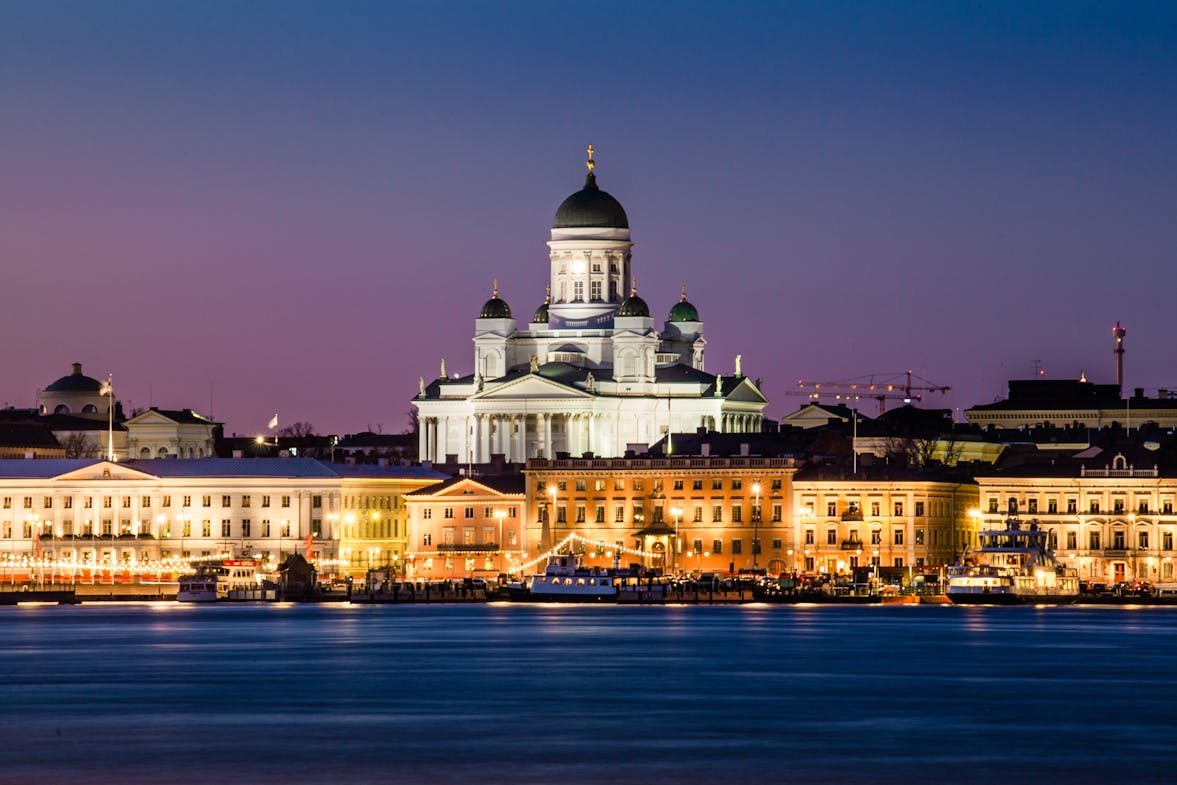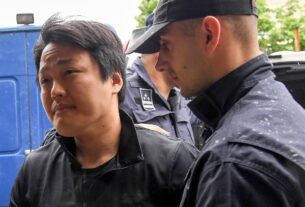As Finland stands on the edge of Europe, the echoes of the Russia-Ukraine war have significantly shifted its investment landscape, particularly in the realm of defense technologies. Once known for its strong historical stance of neutrality, Finland has been forced to reconsider its position in the wake of Russia’s full-scale invasion of Ukraine in February 2022.
This rethinking extends to the country’s institutional investors, with many now warming to the notion of defense investments—an area previously viewed with skepticism by Finnish limited partners (LPs).
A Cultural Shift in Finland’s Investment Landscape
Historically, Finland has maintained a cultural aversion to investing in industries associated with global conflict, particularly in defense sectors. Patrik Louko, the Chief Investment Officer (CIO) of the €170 million endowment at the University of Jyväskylä, highlighted this mindset shift: “Defense investing is very taboo in Finland,” Louko remarked. Just a few years ago, a venture capitalist (VC) advocating for defense tech investments would have faced considerable pushback from LPs.
However, the geopolitical landscape has shifted dramatically. Finland’s decision to join NATO in April 2023, spurred by Russia’s aggression, signaled a more proactive stance on defense matters. While Finland’s institutional investors are still cautious, many are acknowledging the strategic value of defense-related investments in light of Russia’s ongoing actions and the broader European security situation.
The Growth of Defense Tech Investment
The Nordic region has traditionally been slow to embrace defense tech investments compared to the United States and Western Europe. In 2021, for example, aerospace and defense startups in Denmark, Finland, Greenland, Iceland, Norway, and Sweden collectively raised just $41.1 million—less than 0.3% of the region’s total VC funding. By comparison, Europe’s defense companies raised $1.1 billion in the same year.
Yet, since Russia’s invasion of Ukraine, there has been a notable shift. Nordic investors are becoming more comfortable with the idea of backing dual-use technologies—innovations with applications both in civilian life and military defense. Examples include satellite technologies, drones, and advanced communication systems, which can serve both commercial and defense sectors.
Hedging Against Geopolitical Uncertainty
Patrik Louko is actively reshaping the investment strategy at the University of Jyväskylä’s endowment to mitigate risks associated with geopolitical tensions. Louko plans to diversify the fund’s portfolio by allocating significant capital to dual-use technology funds. These funds focus on products with both civilian and military applications, such as drones, satellite technology, and cybersecurity solutions. By diversifying into these areas, Louko aims to hedge against the impacts of potential conflict with Russia.
The endowment’s broader strategy includes investing in private equity, venture capital, and absolute return funds to safeguard against downside risk. Louko acknowledged that the risk of a direct conflict, though not highly probable, is tangible enough to warrant precautionary measures. “The first ballistic missile that comes into Finland kills our stock market and real estate market for years,” Louko explained.
Similar strategies are being pursued by other institutional investors across the Nordic region. According to PitchBook data, venture capital investments in Nordic aerospace and defense companies have already reached $94 million in 2024, a 71% increase from the previous year.
The Shadow of Conflict on Nordic Investment Ecosystem
Despite the increasing flow of capital into defense sectors, the broader Finnish startup and venture capital (VC) ecosystem faces challenges. Helsinki, once one of the top 15 cities in Europe for private market deal value, fell off this list in 2024, largely due to its geographical proximity to the conflict zone. As the gateway between Russia and the Nordic countries, Finland’s position has raised concerns among investors, with many cautious about the potential for escalation.
Jari Mieskonen, managing partner at Conor Venture Partners, which invests in early-stage companies across the Nordic and Baltic regions, has witnessed this shift in attitudes firsthand. “All of my venture life, there were three no-goes: adult entertainment, gambling, and arms,” Mieskonen reflected. “Now it has been a big turn in the last six to eight months, thanks to the Russian aggressor in Ukraine.”
He noted that, while defense investing was once strictly off-limits, Finnish LPs are now more open to the idea. However, they have drawn a clear distinction: investing in technologies that could be used for military purposes is acceptable, but investing in “killing weapons” remains off-limits. This nuanced approach illustrates the fine line Finnish investors are walking as they navigate the ethical implications of defense sector investments.
Institutional Leaders Embrace Defense Investing
The shift in attitude is not confined to smaller funds. Even some of Finland’s largest asset owners are reevaluating their stance on defense investments. For example, Keva, Finland’s largest pension provider, has publicly stated that defense investing is permissible, though it will avoid direct investments in weapons systems.
This shift in institutional sentiment aligns with broader trends in Europe. In June 2023, the European Investment Bank (EIB) increased its budget for financing the security and defense industry, allocating €8 billion for the period up to 2027. This increase was part of a response to the growing geopolitical uncertainties and underscores the EU’s commitment to strengthening its defense capabilities.
European Investment Fund Takes Action
As part of this broader trend, the European Investment Fund (EIF), which manages the EIB’s assets, allocated €175 million to venture capital and private equity funds investing in dual-use technologies—technologies that can be used both for civilian and military purposes. The EIF’s focus on security and defense reflects a growing recognition of the need to adapt to the evolving geopolitical landscape.
Conclusion: A New Era for Finnish LPs
In conclusion, while Finland’s institutional investors are still grappling with the moral and ethical implications of defense investments, the reality of Russia’s aggression has made it clear that security-related investments are becoming increasingly necessary. Defense technology, especially dual-use technologies, offers Finnish LPs a way to balance financial returns with strategic national interests in the face of an uncertain geopolitical future.
As more Nordic investors warm to defense investing, there is a clear opportunity for venture capital and private equity firms that specialize in defense and security sectors. As the geopolitical situation continues to evolve, it is likely that Finland will see an increasing number of institutional investors directing capital into the defense industry—albeit with caution and ethical considerations in mind.
References:
- European Investment Bank (EIB), “EIB Increases Defense Funding to €8 Billion”
- PitchBook, 2024 Nordic Private Capital Breakdown
- European Investment Fund (EIF), “Investing in Dual-Use Technologies for Security”
- Jessica Hamlin, “Finnish LPs Warm to Defense Investments Amid Russia-Ukraine War,” PitchBook, Read More



